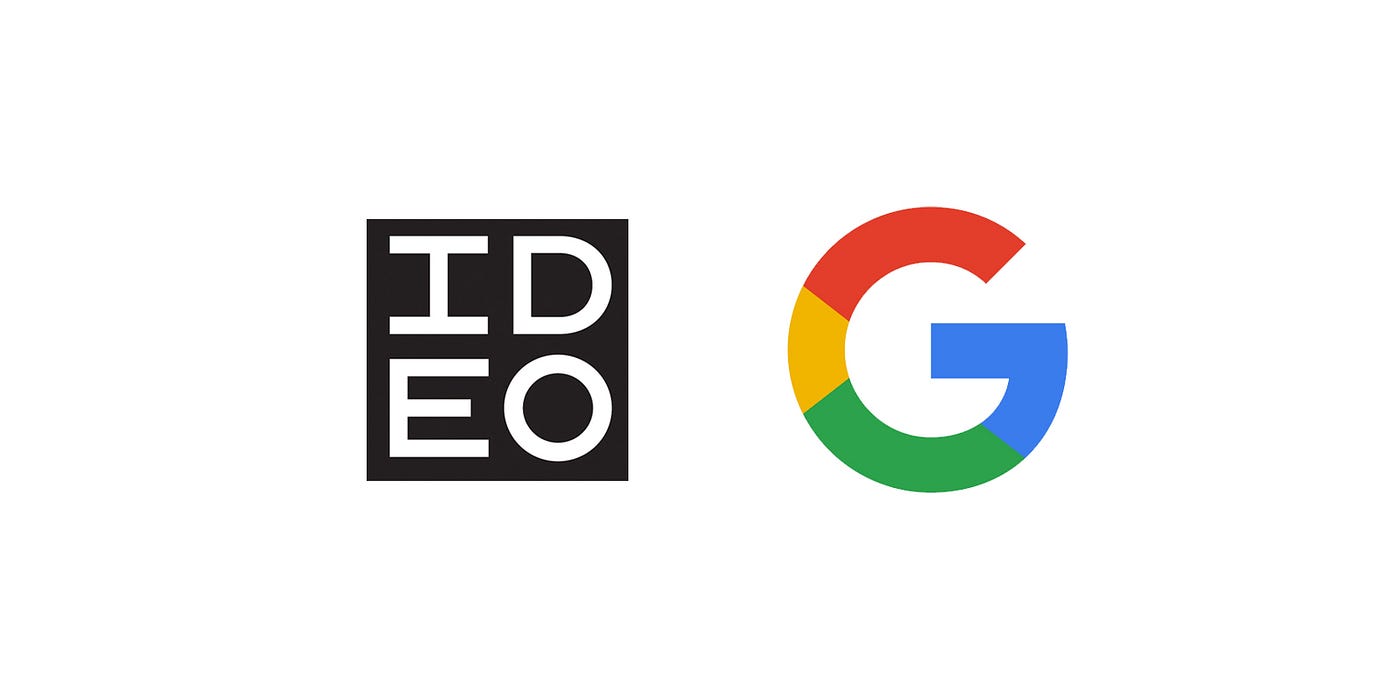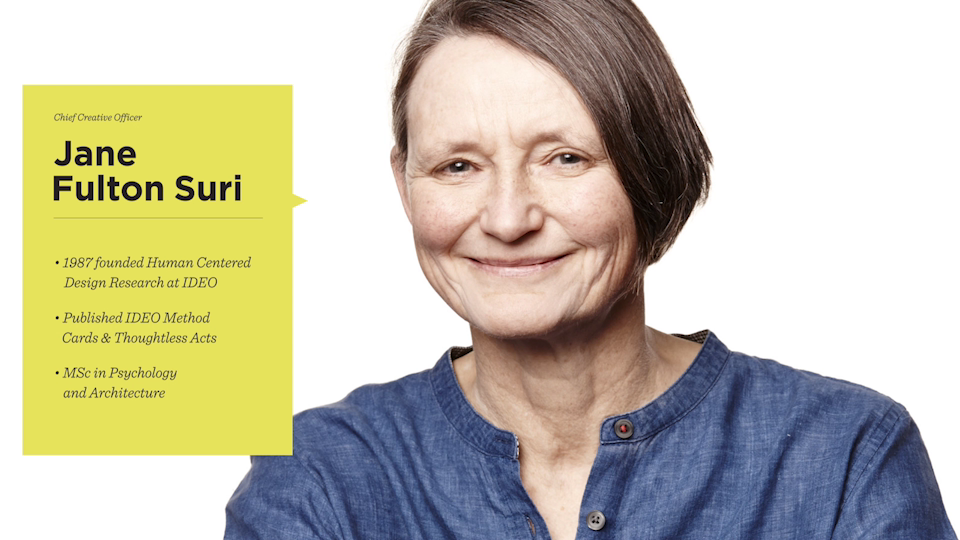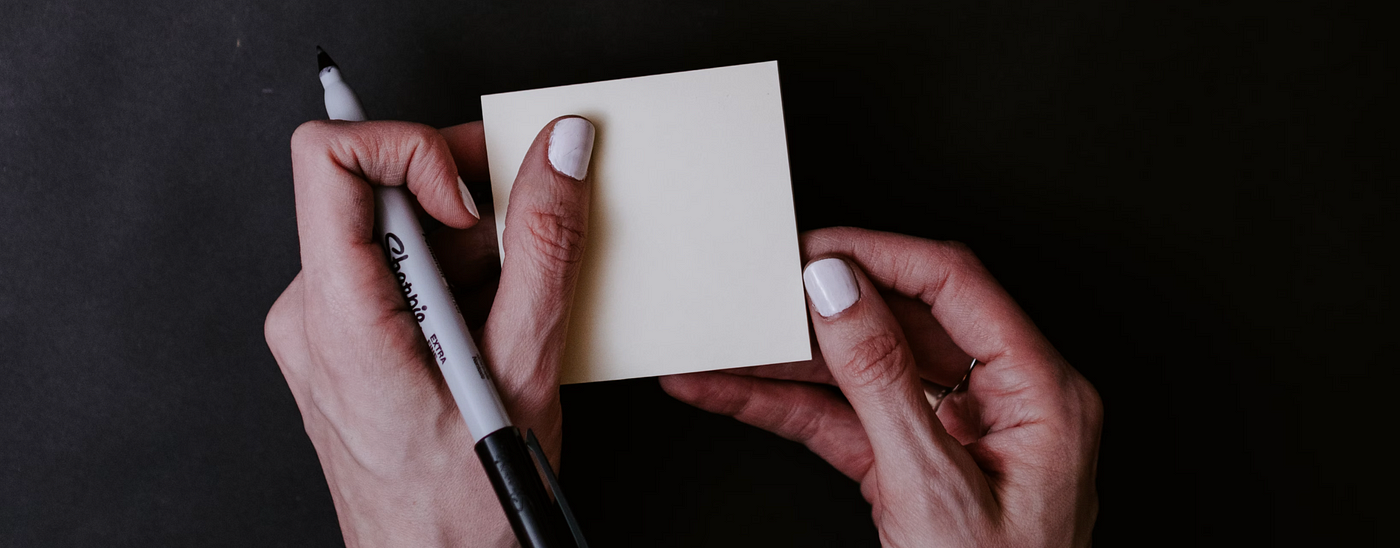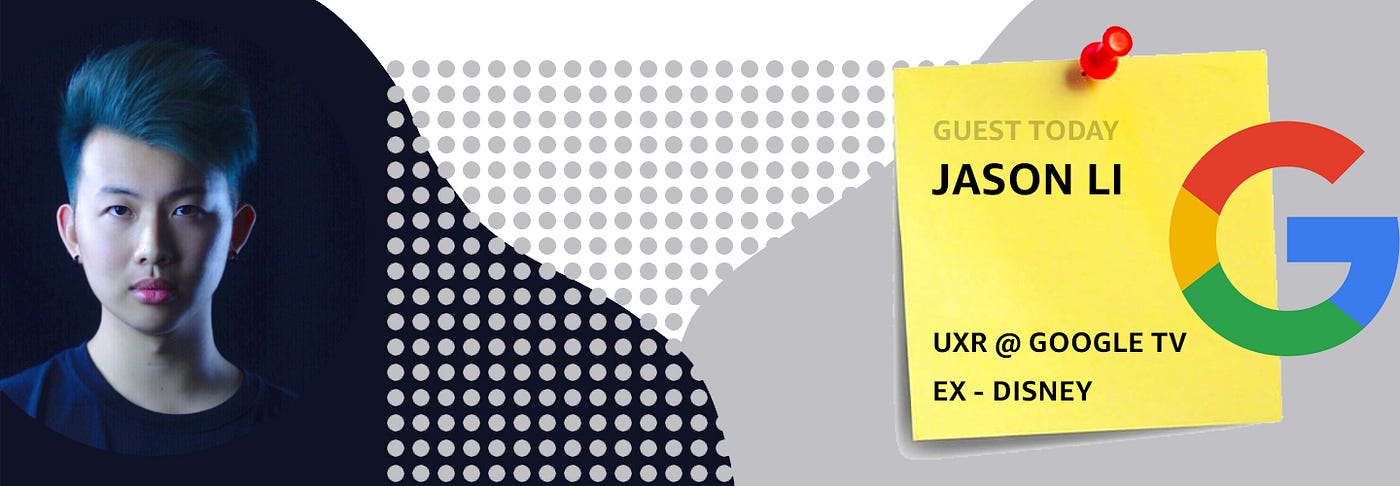

The ultimate beginners guide to UX research in 2022 (From Google & IDEO UX r...
source link: https://uxplanet.org/the-ultimate-beginners-guide-to-ux-research-in-2022-from-google-ideo-ux-researchers-691c90464f97
Go to the source link to view the article. You can view the picture content, updated content and better typesetting reading experience. If the link is broken, please click the button below to view the snapshot at that time.

The ultimate beginners guide to UX research in 2022 (From Google & IDEO UX researchers)

Are you interested in learning more about UX research even though you don't have any existing experience?
Fear not, this article will be the ultimate guide to help you answer seven common questions UX students or new professionals have regarding UX research.
I will share insights I learned from IDEO Design Director Jane Suri (Founder of Human-Centered Design Research at IDEO), and have my friend Jason Li, a UX researcher at Google help clarify any questions you might have about what being a UX researcher really is like, so you can get started on the right track.
Here are the seven questions we will answer:
- What is UX research?
- How is UX research similar or different from other scientific studies?
- What does UX research look like in Action?
- How do I start a UX research project?
- How is UX research at the company similar or different from academics? (What is the day-to-day of a UX researcher like?)
- How does UX research intersect with UX design?
- Do I need a Ph.D. or a heavy academic background to do UX research?

What is UX research?
Research is a disciplined, methodical investigation into a topic.
Let's see how Jane Suri, Executive Design Director @Ideo defines design research. “Design research both inspires imagination and informs intuition through a variety of methods with related intents: to expose patterns underlying the rich reality of people’s behaviors and experiences, to explore reactions to probes and prototypes, and to shed light on the unknown through iterative hypothesis and experiment.”
How is UX research is different from other scientific studies?
Research, especially If you come from a Stem background, often is connected with cold emotionless numbers and facts. Most scientific studies that use the research process ask researchers to steer clear of any interpretive factors.
However, design by definition should be innovative. That is why design research in practice, could almost be seen as an interesting juxtaposition.
In the short paper by Ideo Design Director Jane Suri,Informing out Tuition, design research for radical innovation, Suri summarizes the key takeaway of understanding this juxtaposition well.
“Radical innovation requires both evidence and intuition: evidence to become informed, and intuition to inspire us in imagining and creating new and better possibilities.”
As UX researchers or UX designers leveraging research for better decision-making, relying exclusively on an analytic process is not always a good thing.
You will find experienced UX researchers and UX designers, often think ahead into future experiences, how people might respond, and other predictions to validate ahead of time.
Wouldn't this lead to Bias or bad data? Well if you can't find the proper balance, yes.
Imagination and empathy can easily run off into the realms of fantasy. I really like this quote from Malcolm Gladwell, author of Blink: The Power of Thinking Without Thinking, “Intuitions can be spot-on, but they also can be misleading and, sometimes, simply wrong.”

What does UX research look like in Action?
To keep this article short, I wont be going in depth on all the methods, process, and techiniques of UX research. However to help those with zero experince, here are some foundtations to understand.
There are two sources of research, Primary (Empirical) and Secondary (Analytical) Below are helpful definitions given by my professor in my advanced field studies and research course at the University of Washington's interaction design.
In UX research, primary research means work directly with users or with your design. It means you’re in the field, working with people. For your job or project, you should know that primary research is very valuable but time-consuming and expensive.
On the other hand, secondary research is reviewing research that has already been done (such as journals or articles) or reviewing the work of other designers (including in-market products). Secondary research helps you understand the landscape and big picture of the design space.
There are also two kinds of research, quantitative and qualitative.
Quantitative data is easy to understand, think of numbers, stats, or data visualization. The way you present these findings can be very beautiful and creative, so don't limit yourself to pie charts or bar graphs. Take a look here at an Interactive VR Data visualization for MoMA I created. (Watch the full video here on youtube)

Quantitative research like this is best used for evaluative research (with arguments). People like to say numbers don't lie, but It is important to note numbers or stats can be easily manipulated to tell very different stories without changing the value, so understanding context is always important. Numbers can lie.
Qualitative data can be a bit tricky to use if you lack research experience, but think of interviews or stories. If you feel unsure if something is quantitative or qualitative, a good way to remember is if you talk with an individual person it is most likely qualitative.
These Qualitative studies may not be easy to replicate at scale, but showcase the important emotional needs of your user. Qualitative research is especially good for formative research.
From my experience, to make a strong UX proposal, good research should leverage both quantitative and qualitative to supplement each other's weaknesses.

How do I start a UX research project?
Here are three steps to kickstart any research-focused project (for school or work)
1. Start with secondary research, read existing documentation, studies, testing feedbacks, SWOT analysis, or anything you can find on the topic from your co-workers, stakeholders, or partners. What I learned at Amazon is, it is super helpful to keep things well documented in a written format so you can always reference back or easily share with others.
2. The next step is to create a research proposal, usually a two-page expression of what your objectives are, who your participants will be, and what activities you’ll do. This should be reviewed by your manager or someone else that can give you a clear GO or NO GO signal.
3. Finally create your study guide(The study guide should focus on primary research but leverage findings from the secondary research), which should be a detailed step-by-step guide for executing your research sessions. Think of this as the script or playbook you will use during your actual study. I often leave areas here where I can take field notes during my studies. This guide can evolve as you conduct research with more people, so don't be shy to change or revise it as time goes on
I can't cover everything in this article here, but the best way to learn is to get real practice on a project.

How is UX research at the company similar or different from academics? (What is the day-to-day of a UX researcher like?)
From my experience, you will find lots of similarities, research in academics and industry are all frequently leveraged to identify decisions, directions or scope. The skills you learn from class or personal projects will almost directly translate to industry.
Jason who does UX research at Google, says his day-to-day can be very different. Somedays, it might feel very familiar to school if you have done a lot of UX research-focused projects. A day-to-day can be from meeting stakeholders, planning for the report, conducting research, analyzing data/building reports, or stakeholder shareouts. The job isn't a walk in the park, from our experience, on a busy week you might be interviewing over ten customers.
Two key differences between school and industry I want to highlight with Jason are:
- In industry, you rarely will have a detailed timeline or breakdown created with concrete deliverables or milestones. That means, If you ever feel stuck on a research-focused project and don't know where to start, you should reference these steps above to help set up a successful timeline yourself. (Always check with your manager when possible)
- In academics the research can be much more speculative in nature, however, UXR in a company setting needs to be more aware of business goals when creating insights.

How does UX research intersect with UX design?
Currently, at Expedia, I am a part of a much larger design team. From a designer perspective, I am often reaching out to the right UX researchers to learn testing and study feedbacks from my own design proposals.
To learn more about UXR & UXD collaboration, let's hear Jason’s UXR perspective and experience.
“Happy to elaborate Leon! UXR works closely with UXD through the whole research process. Usually, at Google, we meet the UXD’s at the beginning of the project to understand their need and core goals of the study. Sometimes we invite UXD’s to spectate our study sessions. Lastly, UXR’s and UXD’s will collaborate on the next steps for the product/design during the report shareout.”
Jason summarized that very well, at Amazon, the projects I worked on did not have proper UXR support. In order to scope and validate product decisions, the research work was left to myself (That is why learning design research is very important even if you are a designer)
Do I need a Ph.D. or a heavy academic background to do UX research?
Jason says, “You definitely don’t need a PhD to go into UXR. When I first joined Disney as a UXR, I did not have one, I just graduated from the University of Washington with a Bachelor’s degree. Although it may be harder to find a UXR role with only a bachelor’s degree, I see more companies starting to hire people with just that, the key to success is how you prepare and present yourself to recruiters and interviewers. If you want more help with that, reach out to Leon or me on LinkedIn or our UX growth discord linked below! “

Thanks for reading!
My name is Leon, and I’m always happy to chat! Feel free to connect with me, and Jason here on Linkedin.
If you would like to learn more about UXR, or how to translate what you learned in school into your first job, don't hesitate to reach out to us!
Or say hi to us by joining our ever-growing design discord!
If you are looking for job opportunities, mentorship, or career advice, our discord has an active community with thousands of verified interns, mentors, and professionals just like us from big techs like Amazon, Google, Microsoft, Facebook, Apple, etc.
We also highly encourage students with 0 experience to join! In our discord, students come from all sorts of majors across American campuses. (Yes, we also have lots of amazing Bootcamp grads) Everyone is welcome.
So if you want to learn more about design and use some of our free resources, feel free to join here!
Recommend
-
 43
43
What is Ethereum | Ethereum startup guide for beginners |what is smart contract | ethereum beginners guide |benefits of ethereum ...
-
 4
4
Google Shows How to Create Web Stories in 5 StepsNew video and blog post shows how easy it is to create a web story in 5 steps and 5 minutesRoger M...
-
 3
3
While banner blindness is steadily killing traditional advertising, marketers looking to increase their brand exposure are finding new ways to expand their audiences and generate quality leads. Sponsored content is one of these ways. In this...
-
 16
16
Excellent keyword research uncovers the terms, phrases, questions, and answers that are important to your users and customers. Your keywords should also support business goals like getting more pageviews, capturing leads, or selling products...
-
 9
9
Ultimate Beginner's Guide to Proxmox GPU Passthrough mirror of The Ultimate Beginner's Guide to GPU Passthrough (P...
-
 10
10
The NFT boom has made many NFT business owners millionaires overnight. Many entrepreneurs capitalize on NFT website development and launch a successful NFT business. Let us discuss the popular business model to enter the lucrative NFT arena.
-
 5
5
If you’re new to SEO content writing, then this guide is for you. In 2022, SEO will continue to be an important ranking factor for Google and other search engines. And that means creating high-quality, keyword-optimized content is more important t...
-
 7
7
Learning a new skill, like Google Analytics 4, is intimidating. Add to this the fact that there’s a looming deadline, and you can’t afford to be drag...
-
 3
3
What is Microsoft Intune? The Ultimate Guide for BeginnersWritten by Alex Marin · January 6th, 2023
-
 4
4
6 Profitable Ways to Make Money with NFTs for Beginners in 2023 – Ultimate Guide
About Joyk
Aggregate valuable and interesting links.
Joyk means Joy of geeK